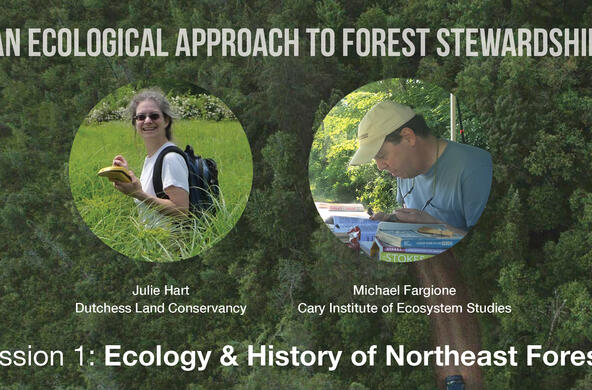Few themes in literature are more alluring than the lost world. Places such as Atlantis, Shangri-La, Conan Doyle's "Lost World", and now the bestselling "The Lost City of Z" conjure up images of strange landscapes, exotic civilizations and hidden treasures. Their mysteries fascinate readers and movie-goers. Given the high profile of these fictional lost worlds, it is ironic the Earth's real lost worlds get so little attention.
Consider Mussel Shoals. A 53-mile-long series of rapids in the Tennessee River (a river three times the size of the Hudson), Mussel Shoals was a complex world of islands and winding channels, shallow enough during the summer to drive a wagon across. Little side-channels filled with minnows and miniature catfish hiding in the riverweed alternated with whitewater and deep green pools. The shoals contained hundreds of species of shellfish and fish.
Named for its immense beds of freshwater mussels, Mussel Shoals was one of the richest sites on the planet for freshwater life. The shoals were drowned in 1927 behind Wilson Dam, which was built to improve navigation and provide hydropower and flood control for Tennessee Valley residents. Even if the dam was removed and the acres of accumulated mud cleared away, dozens of species that lived on the shoals are now extinct because of Wilson Dam and other impoundments. Mussel Shoals truly is a lost world.
The great tallgrass prairies of the Midwest are another lost world. Cleared to grow corn and soybeans for us, our livestock and cars, these magnificent grasslands once extended from Indiana to Nebraska and from Texas to Manitoba. People always described these prairies as a "sea of grass." The only time I ever saw enough tallgrass prairie to make an impression—an 81-acre patch in West Branch, Iowa—it was indeed impossible not to think of the sea. It wasn't only the way the wind rippled through the grass like a breeze over water—it was the color, too.
The prairie was green the way the sea is blue. As the sea changes from deep blue to turquoise to silver and white with the wind and waves, the prairie changed from bright grassy green to silver to dark grey-green as winds and clouds passed. Floating in the sea of grass were countless insects and prairie flowers.
Few habitats on Earth have been lost as the tallgrass prairie has been lost. Of the 167 million acres once in North America, only 3 percent remains, much of it degraded and damaged. When the prairie is lost, the animals it supports are lost, too, which has led to the decline of the prairie chicken and the upland sandpiper. The soils held in place by the prairie are lost, too -about half Iowa's topsoil has washed away since its prairies were plowed, and more is lost with each rainstorm.
The Earth abounds with lost worlds: the Three Gorges of China's Yangtze River, drowned to provide hydropower for China's growing economy; the great wetlands of California's Central Valley and our own Orange County, drained to grow vegetables and fruits for our tables; the Aral Sea in Russia, turned into a shrunken briny pool when its tributaries were diverted into irrigation ditches for Soviet cotton fields; and countless others.
Worlds are lost when we consume the resources we need to support our growing human population and swelling appetite for prosperity. Every time the human population grows, houses get bigger, or we buy fuel-inefficient vehicles, we lose another world.
Don't misunderstand me. I'm not scolding humans for using resources; all life requires resources. I'm not even suggesting we feel guilty about what we consume. It seems unreasonable to insist people never take a trip to Hawaii, have a child, drive a car, or eat a fine meal, to avoid consuming resources. We have one life to live, and most of us would be unhappy spending it eating gruel in an unheated mud hut.
But I do think it's useful to think about the worlds we lose when we consume resources, and make mindful choices. Of course it would be nice to drive a bigger car, or have the steak instead of the pasta, or have a big house in the country—but is it worth losing another world? What do we want to add to the list of worlds that have already been lost?







